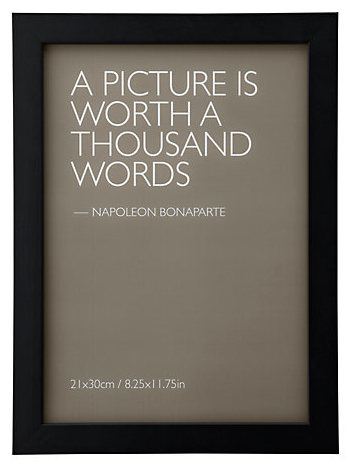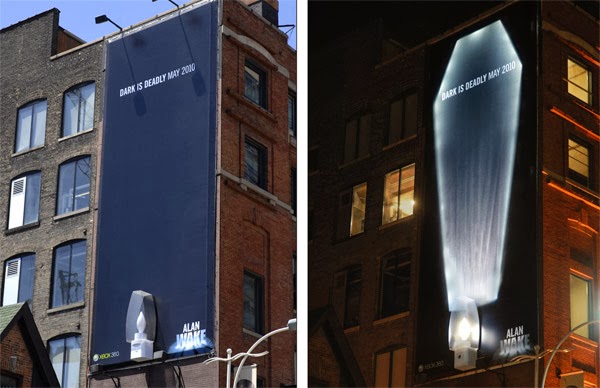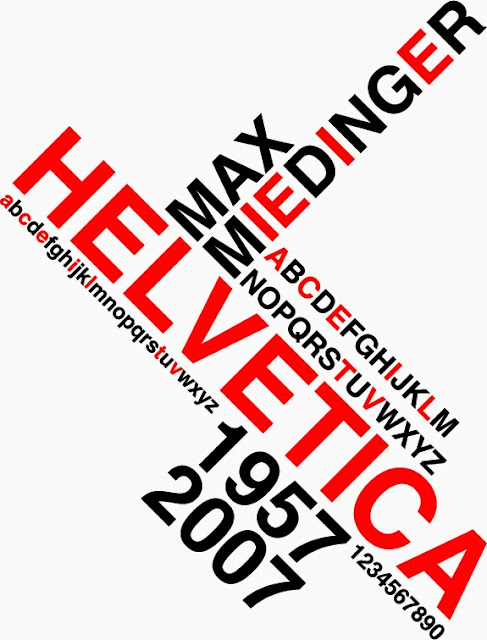- Research -
This is one of my most favourite designs for the backing paper. The use of the vintage looking illustrations entice the audience as it represents the feeling of 'home'. The detail of the illustrations make it look a lot more interesting and hand rendered making it have more of a personal atmosphere towards its target audience.
The two frames above I thought were good examples of backing paper for their frames. Both designs again have a vintage feel about them as they look screen printed and hand rendered. The first frame contains mainly imagery of what looks like old sentimental items that would of been some sort of value to someone. The second contains mainly type that looks like a newspaper, this again is quite a unique design for backing paper as you would not usually find this style in a frame enticing the audience again.



The three frames above contain mainly imagery which could all represent different memories. The first being a brightly coloured building which could represent travel//holidays etc, this would influence the audience in buying the frame as they themselves could put their own travels into the frames. The other two frames are close up of items what could be from a home in the country, the items to some people could be completely meaningless however I think it shows the detail in things we do not really take notice of. This could influence the audience into buying the frame as everyones eye in the world and photography is differrent therefore our frames show the world how we see it ourselves.

This is an example of the use of photography in a frame. The black and white image works well within the frame as it contains a lot of depth and detail that the clean minimal frame emphasises focusing the attention mainly on the photograph itself. This I believe works well and is something I am considering doing in my own experiments.
These examples of backing paper works really well within their frames. The high definition photographs strongly represent family and memories, one of the main things that people put into their frames. The photographs look professionally took which is cleverly done to suit the target audience, as the frames are expensive the audience would have be on a higher income who probably have their own expensive cameras or can afford their own family shoots.
































